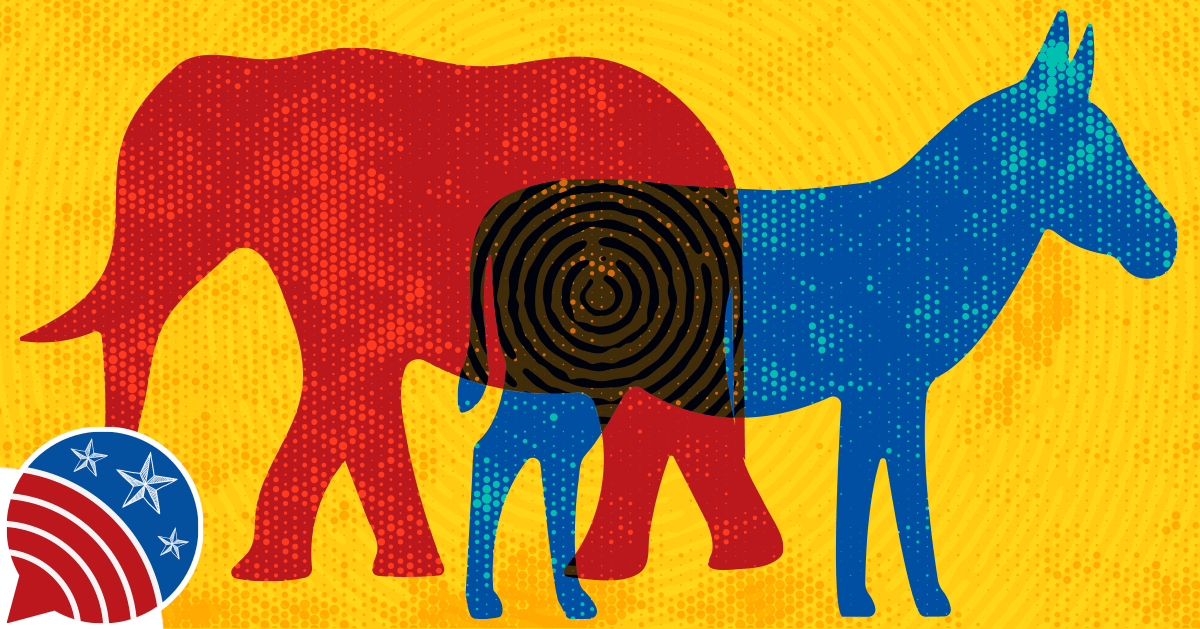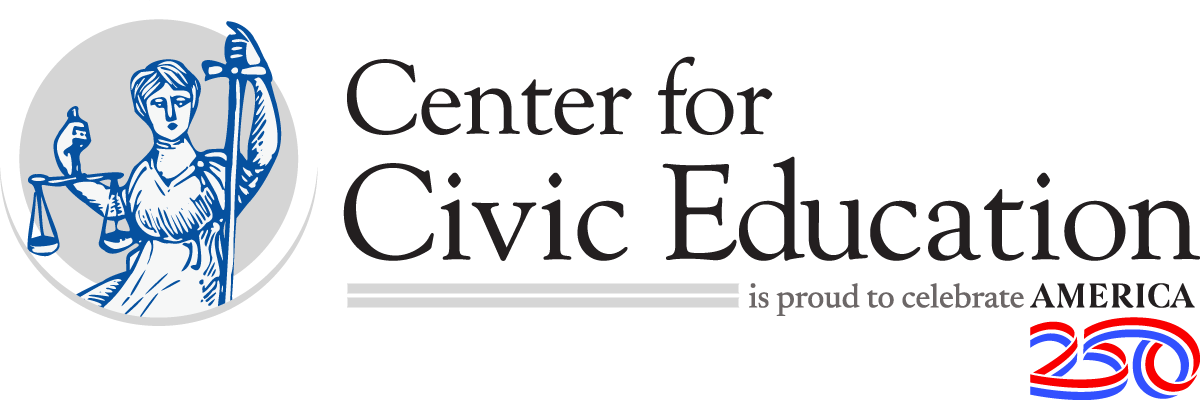
The Evolution of Political Parties
Have our political parties always been this contentious? What purposes do political parties serve? Our two party-system was present at the founding, but the evolution of political parties in America has not been linear. Explore the nuances within liberal and conservative factions. Prepare to engage in discourse about the benefit and harm political parties cause and what role the people have in them.
Podcasts & Videos
Political Parties in the 1960s: The Evolution of Political Parties, Part 5
Instructions
- Watch and listen to the 60-Second Civics video below. If you'd like, you can also read along using the script that appears below the quiz. Or you can turn on the video's subtitles and read while watching the video.
- Take the Daily Civics Quiz. If you get the question wrong, watch the video again or read the script and try again.
Episode Description
Dr. Donna Phillips: Welcome to 60-Seconds Civics, the daily podcast of the Center for Civic Education. I'm Donna Phillips. Today we conclude our series on political parties as part of the Civil Discourse: An American Legacy Project. We are joined today by special guest Dr. Lester Brooks, American history professor emeritus from Anne Arundel Community College. Welcome again, Dr. Brooks.
Dr. Lester Brooks: Thank you for having me.
Dr. Donna Phillips: Sure. Dr. Brooks, can you explain how political parties continued to evolve into the 1960s?
Dr. Lester Brooks: Franklin D. Roosevelt in the 1930s was a member of the Democratic Party, and he believed that the government can be used to uplift the nation to try and get the country out of the Great Depression. That idea of the government getting involved in social programs will continue into the 1960s as the Democrats begin to support the civil rights movement by the 1960s.
On the other hand, the Republicans are more reluctant to use government to get involved in, let's say, the civil rights movement in general. And so we see this evolution of political parties as their views began to change from the past. And this is a constant evolutionary process with the political parties and the changing views based on the nature of society and society's needs at any given specific time.
Dr. Donna Phillips: Great. Thank you, Dr. Brooks. This concludes our series on political parties as part of the Civil Discourse: An American Legacy project. Thank you for joining us. 60-Second Civics, where civic education only takes a minute.
Dr. Lester Brooks: Thank you for having me.
Dr. Donna Phillips: Sure. Dr. Brooks, can you explain how political parties continued to evolve into the 1960s?
Dr. Lester Brooks: Franklin D. Roosevelt in the 1930s was a member of the Democratic Party, and he believed that the government can be used to uplift the nation to try and get the country out of the Great Depression. That idea of the government getting involved in social programs will continue into the 1960s as the Democrats begin to support the civil rights movement by the 1960s.
On the other hand, the Republicans are more reluctant to use government to get involved in, let's say, the civil rights movement in general. And so we see this evolution of political parties as their views began to change from the past. And this is a constant evolutionary process with the political parties and the changing views based on the nature of society and society's needs at any given specific time.
Dr. Donna Phillips: Great. Thank you, Dr. Brooks. This concludes our series on political parties as part of the Civil Discourse: An American Legacy project. Thank you for joining us. 60-Second Civics, where civic education only takes a minute.






